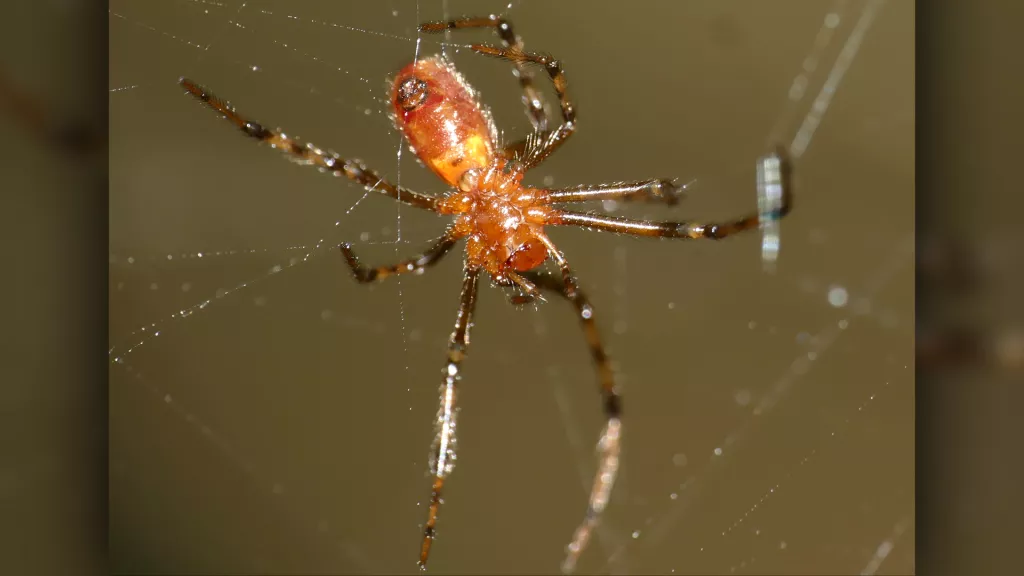
If you are squeamish about spiders, you may not want to know there are approximately 50,000 different species. And you certainly don’t want to know that of these, at least 20 species live in colonies.
Are you still with me? One of these species, Anelosimus eximius, lives in very large colonies, as many as 1,000 individuals. In addition, they work together to build webs that can be several meters across. When prey falls into one of these webs, they coordinate their attacks, which allows them to subdue much larger prey. But how?
Scientists now think they’ve figured it out: this species uses the web’s vibrations to synchronize a swarming process. “What is fantastic is that there is no leadership role among these spiders,” said Raphael Jeanson, a researcher at the Research Center on Animal Cognition (CRCA) at the University of Toulouse in France and senior author on a new study about the social arachnids.
Each individual spider receives the same information, which triggers a two-step movement process. First, they all close in. Then they stand still so they can time their approach to all strike at once.
The key is the web vibrations. Hundreds of spiders moving at once sets off a vibration pattern of its own. So a pause of a few milliseconds allows them to refocus on the prey and know when to strike.
For all the details, see “Spiders Hunt in Packs of Hundreds to Swarm Prey” by Cameron Duke on the Live Science website (https://www.livescience.com/social-spiders-hunt-in-packs? ).
